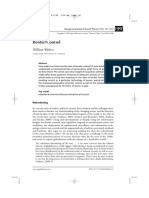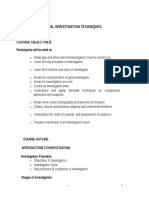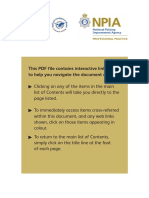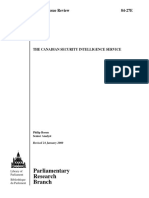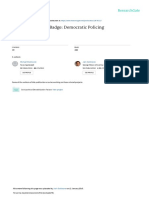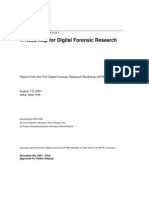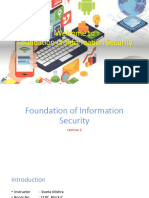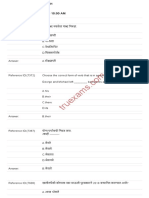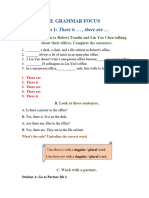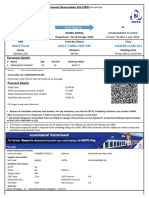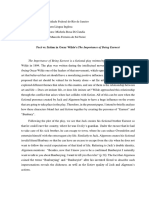0% found this document useful (0 votes)
66 views16 pagesLecture 3 Computer Security
Uploaded by
Mick leeCopyright
© © All Rights Reserved
We take content rights seriously. If you suspect this is your content, claim it here.
Available Formats
Download as PPTX, PDF, TXT or read online on Scribd
0% found this document useful (0 votes)
66 views16 pagesLecture 3 Computer Security
Uploaded by
Mick leeCopyright
© © All Rights Reserved
We take content rights seriously. If you suspect this is your content, claim it here.
Available Formats
Download as PPTX, PDF, TXT or read online on Scribd
/ 16


